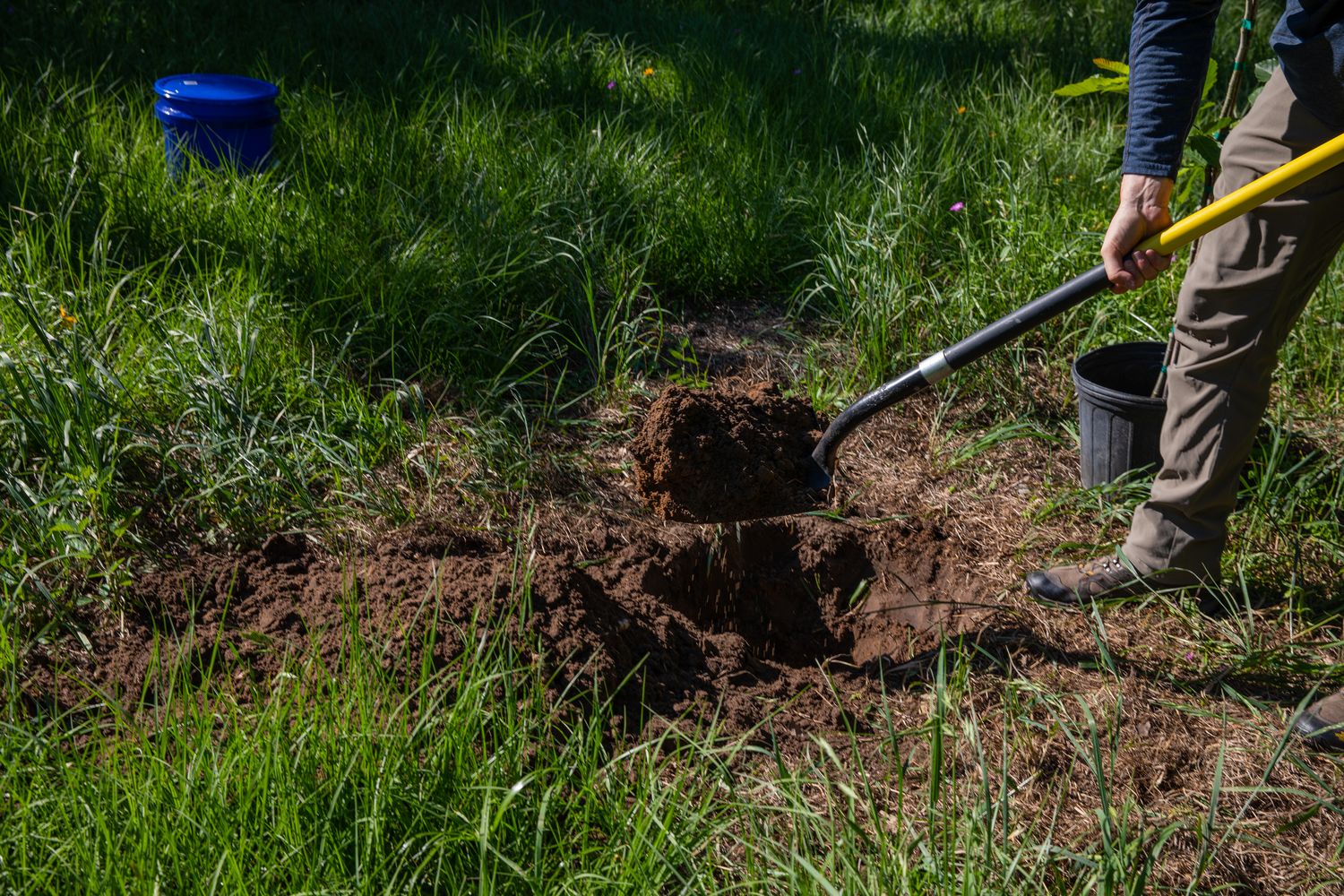Soil Types and Water Retention


When it comes to food plots, it all begins with the soil, and that axiom typically applies to soil pH and mineral content. However, soil texture and composition are equally important when planting food plots and mast orchards as they influence soil moisture, which is a crucial component for plant growth. Soil type could help determine when, how, or even if to plant. Let’s take a look.
The U.S.D.A. classifies soil particles into four general categories or types based on particle size: clay, silt, sand, and gravel. We can add a fifth – loam – as this type is most important to agriculture and delete gravel for the opposite reason. It’s important to note that soil classifications vary on a continuum rather than as discrete entities.
For example, sand is coarse in texture and strictly mineral. Add a little organic matter, and you get loamy sand; a little more, and you get sandy loam. Change to moderately coarse particles, and you find sandy loam, then very fine sandy loam. Next comes loam, followed by silt loam, then silt as the texture becomes finer. Moving progressively down the line, we find clay loam, sandy clay loam, silty clay loam, sandy clay, silty clay, and finally, clay.
Soil scientists can determine soil classification by the look and feel. Still, the easiest way for an amateur is by consulting their county soil survey maps – available at any extension service and, in many cases, online. These soil surveys provide a general description of soil in a specific location and limitations and management for specified uses, particularly agriculture.
Determining the best soil types is somewhat intuitive. Water leaches quickly through coarse-textured soil like sand, making it a poor choice as plants can’t take up enough water quickly. However, there is such a thing as too much of a good thing. Very fine textured soils like clay may prevent water from passing through, resulting in inundation or prolonged saturation, where anaerobic conditions retard or prevent plant growth.
Optimal conditions lie somewhere in between but will vary for individual plant species. For example, white oaks are adapted to moist upland soils, while sawtooth oaks are better suited to sandy to clay loam and Nutall oaks to a broader range, including damp or well-drained loam, sand, and clay. Some species have rather specific soil classification and moisture requirements. In contrast, others like mulberries, plums, and persimmons are adapted to well-drained upland sandy clay or loam but can handle wet soil if it’s seasonal and otherwise well-drained.
When selecting a planting site, it’s also essential to understand the soil horizon or profile. The top layer usually consists primarily of organic matter and can vary from a few inches to a foot or more. Below that is where the soil begins, and it is the top layer that is of most importance as that’s where roots obtain most of their moisture and nutrients. Land use also factors in. In agricultural areas, there’s more soil and organic matter mixing, which is not bad because the organic matter provides nutrients and may hold moisture longer than the soil alone could.
Generally, food plots are best located on moderate to well-drained soils with a moderate texture, like sandy loam, loamy sand, or silt loam. Soils with higher silt content may drain too quickly during dry summer and not quickly enough during spring rains. One notable exception is chufa, which does well in sandy soils. Locating mast orchards is relatively easy as most shrubs and trees are best adapted to similar well-drained upland soils, though some have a more comprehensive tolerance range than others. The team at Chestnut Hill Outdoors makes it even easier by listing optimum soil types for every species they sell. They’ll also check that those species are appropriate to their destination’s U.S.D.A. Plant Hardiness Zone, another critical factor.


